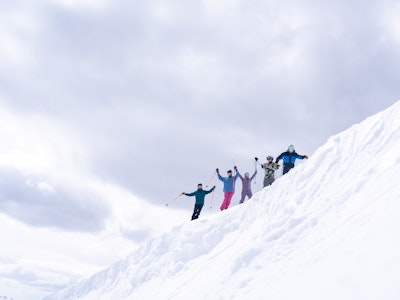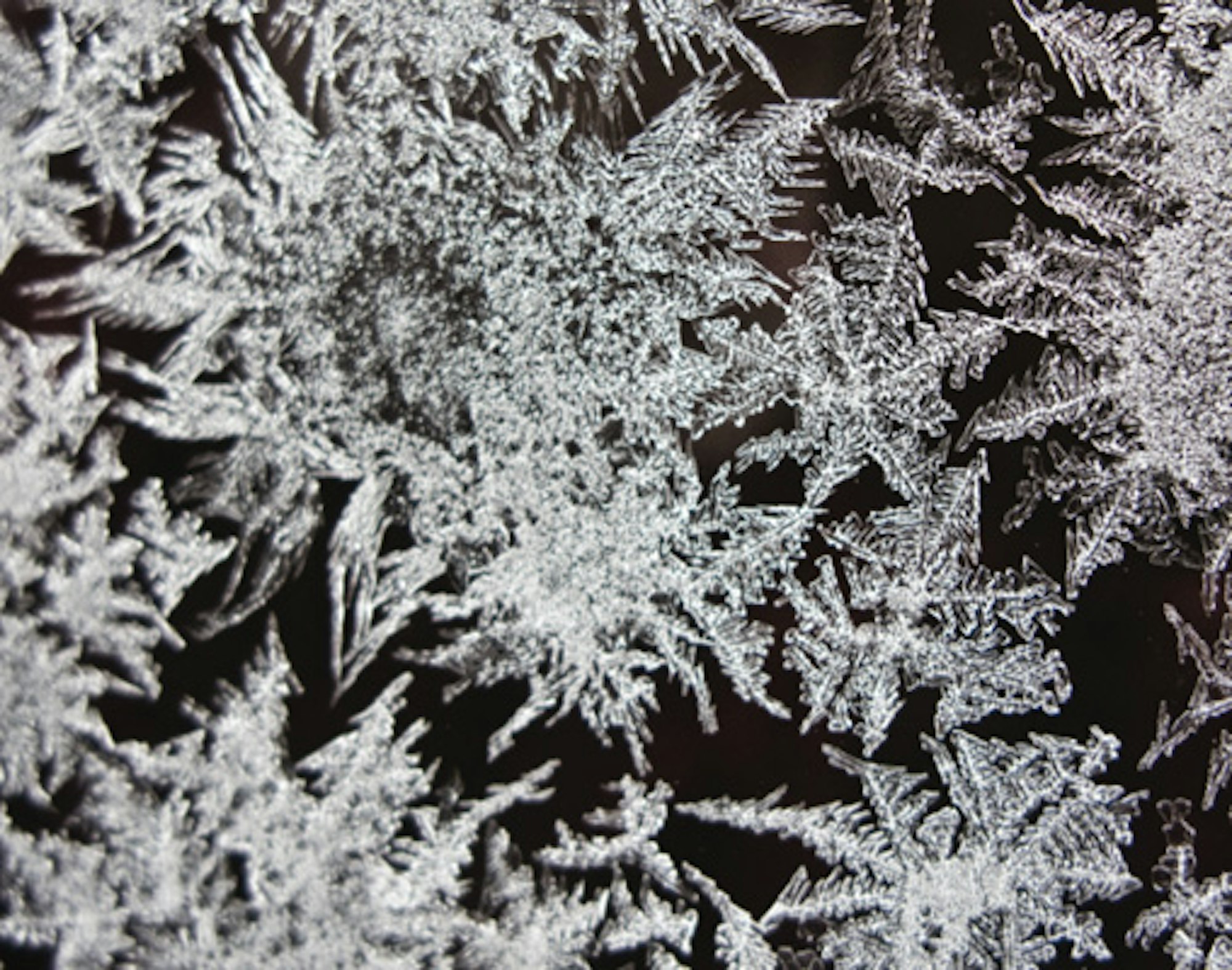Words by Kim Havell
The numbers weren’t good. Last winter, the lower 48 experienced the fourth warmest winter since record keeping began more than a century ago. Twenty-seven states had temperatures that ranked among their tenth warmest ever, and California had its driest winter on record. The season was marked by the lowest national average resort snowfall since 1991-92. According to a Snowsports Industries America survey, 50 percent of responding ski areas opened late last season and 48 percent closed early.
Dry spells and infrequent, small storms developed a weak and dangerous snowpack that plagued many of the country’s mountain communities.
Due to bigger abnormalities and fluctuations in their respective patterns, Utah and Colorado’s early season snowpack contained persistent weaknesses that remained throughout the winter.
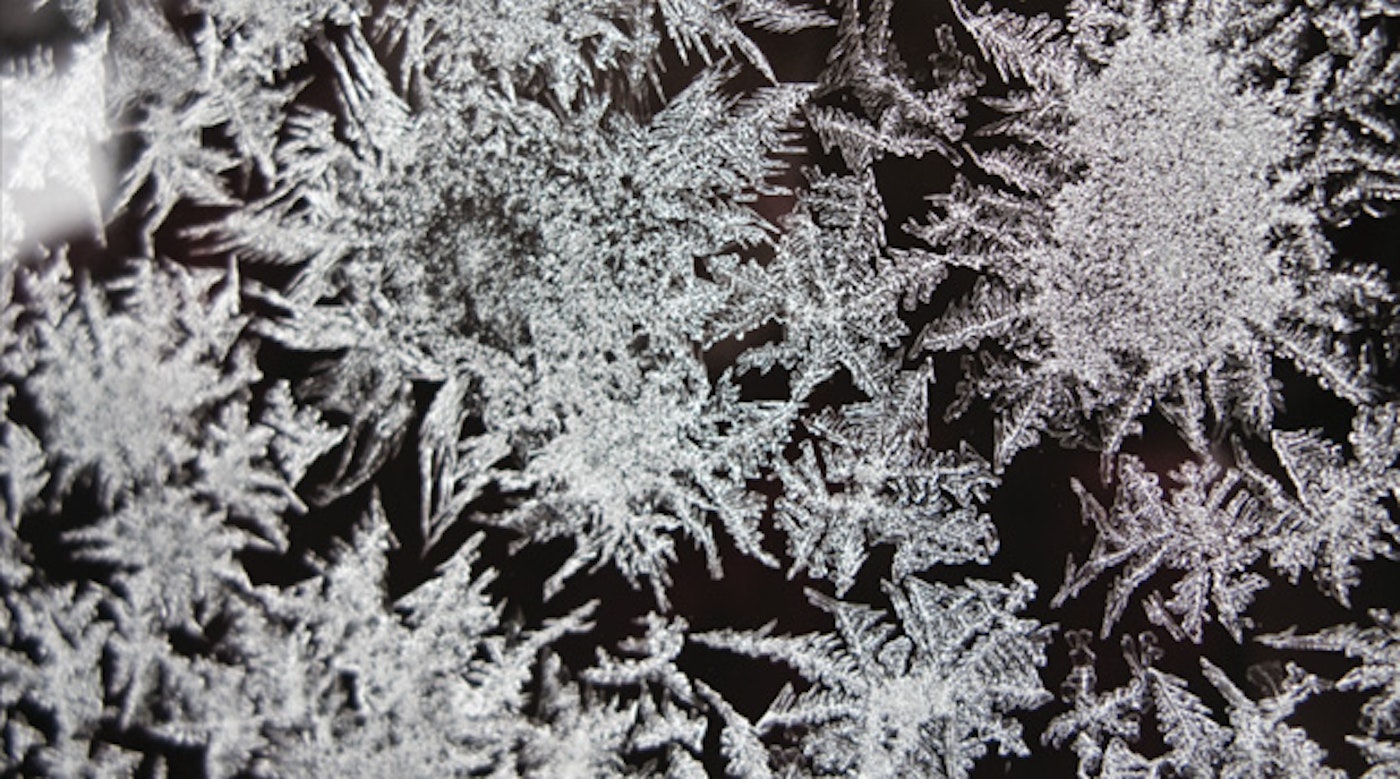
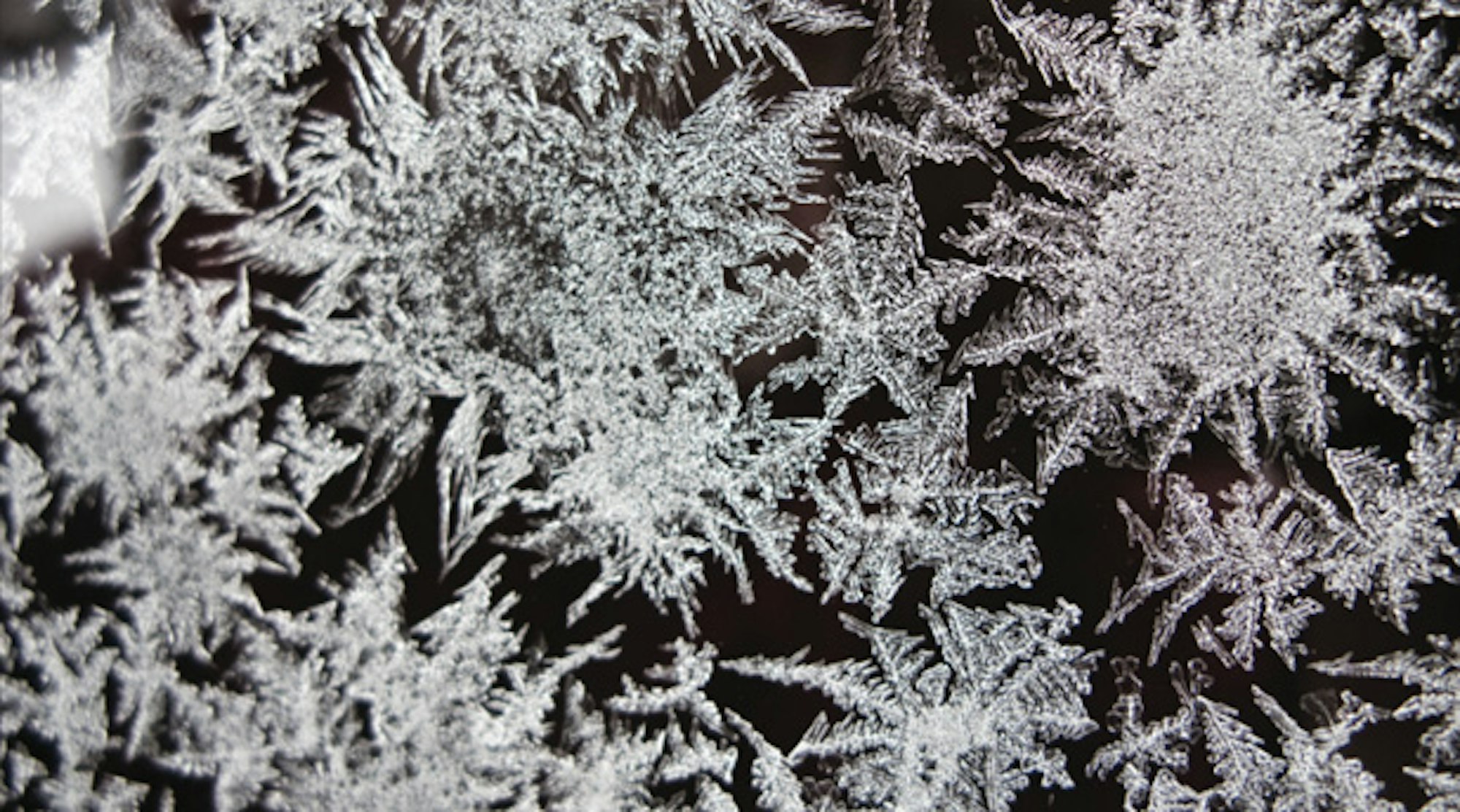
Photo by Ian Coble
“The early November snow in the San Juans sat and rotted out, becoming weak and faceted,” says Matt Steen, Northern and Southern San Juan Mountains forecaster for the Colorado Avalanche Information Center. “These early conditions became the foundation of the snowpack for the rest of the season.”
Colorado’s San Juans saw a six-week period of avalanche ratings of “considerable to high.” Snow built up rapidly in February, stressing the fragile base and some of the largest slides in recent history were observed.
The Wasatch notched its third lowest snowfall year on record. Snowbird and Alta, Utah, known for featherlight snow and consistent storms, also had persistent avalanche conditions. Like in Colorado, an early snowfall in October set up a poor, weak base with rotten depth hoar that would haunt riders for the season.
“The weak grains of October continued to be a player through the last weekend of April when wet slabs were pulling out the entire season’s snowpack on the rotten layer,” says Dave Richards, an Alta patroller.
Large and consistent snowfalls tend to flush out weak layers through avalanching or insulating and consolidating. With little snowfall in Utah, the base continued to weaken and the compromised layer sat at a tipping point for skiers and control workers. Hence the unusual widespread avalanching that occurred throughout the season in the Wasatch.
In California, Tahoe didn’t get an inch of snow in December, a dry spell unprecedented since the 19th century.
“Our snow depth at our main study site went to zero centimeters on January 13, the first zero snow depth in January here ever,” says Randall Osterhuber of the Central Sierra Snow Laboratory.
A small rainstorm deposited 4 millimeters on January 26 and led to a prolonged and pronounced weakness in the snowpack that kept instability high for much of the remaining winter. The layer was to blame for Tahoe’s two avalanche fatalities (a skier on March 1 and a snowmobiler on March 2).
The East Coast suffered too. Killington, Stowe, Sunday River and multiple other resorts saw some of their lowest totals ever.
While the rest of the country was snow starved, Alaska and Washington were buried. Alyeska notched 865 inches for the season and Mt. Baker set records in March with 260 inches of snowfall. Meteorologists attributed the unusually mild weather in much of the United States to the jet stream. The polar branch of the jet stream kept cold, Arctic air bottled up farther north than usual.
“In terms of snow quantity, quality, stability and flyable days of beautiful weather, it was by far one of the very best seasons,” says Tordrillo Mountain Lodge heli guide, Lel Tone. “We broke all-time records in Anchorage and Girdwood for seasonal snowfall totals by mid-March.”
From a scientific perspective, the snowpack of 2011-12 was complicated but at the same time simple. Across the country, the cycles and avalanches came down to the snow science fundamental that “shallow is weak.” In a low tide snow year, when snow science breaks from the norm, the human factor determines the risk level and margin of safety—an ever-variable equation.

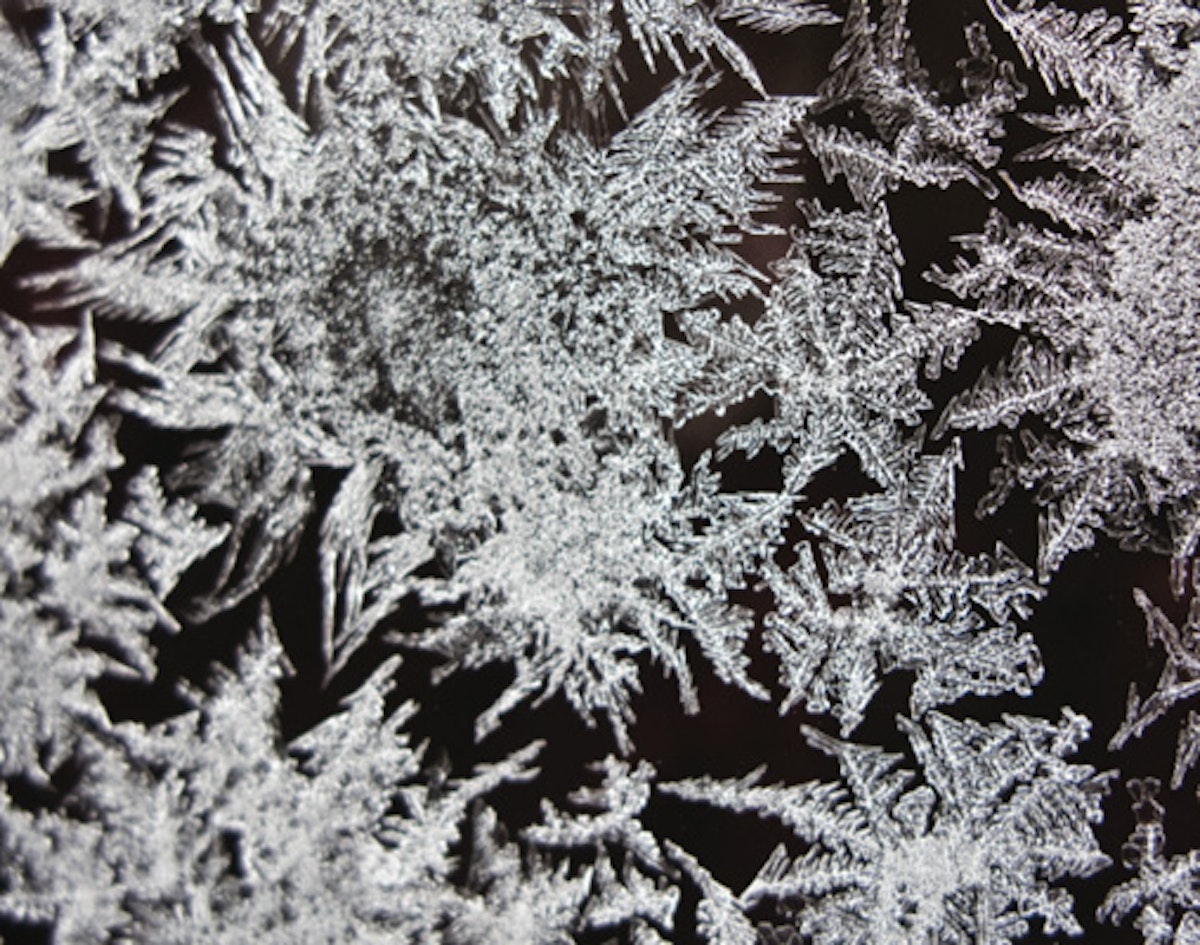
![[GIVEAWAY] Win a Legendary Ski Trip with Icelantic's Road to the Rocks](https://www.datocms-assets.com/163516/1765233064-r2r26_freeskier_leaderboard1.jpg?w=200&h=200&fit=crop)
![[GIVEAWAY] Win a Head-to-Toe Ski Setup from IFSA](https://www.datocms-assets.com/163516/1765920344-ifsa.jpg?w=200&h=200&fit=crop)

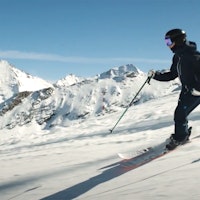
![[GIVEAWAY] Win a Legendary Ski Trip with Icelantic's Road to the Rocks](https://www.datocms-assets.com/163516/1765233064-r2r26_freeskier_leaderboard1.jpg?auto=format&w=400&h=300&fit=crop&crop=faces,entropy)


![[GIVEAWAY] Win a Head-to-Toe Ski Setup from IFSA](https://www.datocms-assets.com/163516/1765920344-ifsa.jpg?auto=format&w=400&h=300&fit=crop&crop=faces,entropy)



